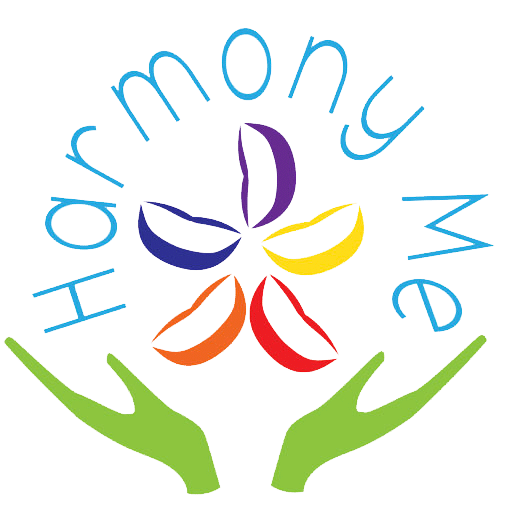Kinesiology
History of Kinesiology
Kinesiology is the study of human movement in a range of tasks, including exercise, daily life, play, sport and work.
The history of kinesiology is relatively recent, but uses and combines ancient Western and Eastern techniques. Practitioners have enriched it through their observations and discoveries during their practice. As a result, kinesiology has evolved rapidly into different forms, such as applied kinesiology, touch for health, 3 in 1, energetic kinesiology and Neuro energetic kinesiology, which I have been practising, developed by Hugo Tobar since 1998.
The 1930s
The precursors
The story begins with the discoveries of American doctors
in chiropractic, osteopathy and orthopaedics before the 1930s.
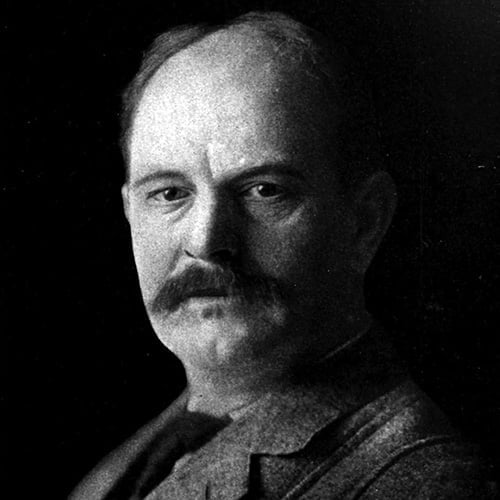
Dr Frank Chapman
Le Dr Frank Chapman, diplômé de l’École américaine d‘ostéopathie, a étudié Dr Frank Chapman, a graduate of the American School of Osteopathy, studied lymphatic flow and discovered that stimulation of certain points on the body had direct positive effects on the body’s organs.
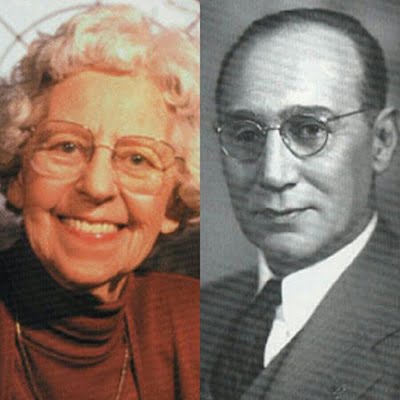
Henry et Florence Kendall
Henry and Florence Kendall, physiotherapists, have done remarkable work to understand the functions of muscles and how to test them: this is the muscle test. Their work was published in the book “Posture and Pain” and is still a reference today.
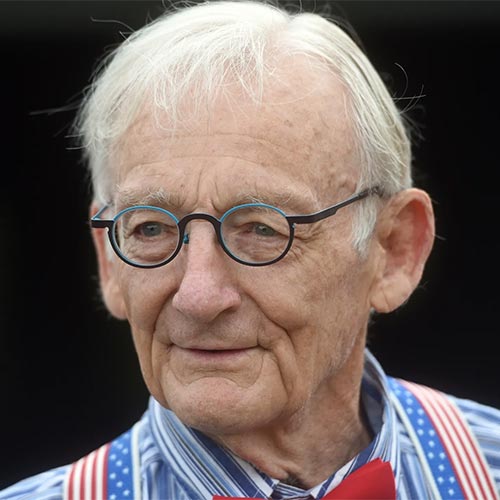
Dr Terence Bennett
Chiropractor Dr Terence Bennett became interested in blood circulation. He drew up a list of reflex points that stimulate blood flow to the associated organ.
APPLIED KINESIOLOGY
George Goodheart, D.C Chiropractor in Detroit, developed Applied Kinesiology (AK) from 1964.
By applying Kendall’s muscle test, he discovered a direct relationship between muscle weakness and stress.
He established a specific correlation between Chapman’s reflex points (lymphatic flow) and Bennett’s reflex points (blood flow) with muscle blockage, and developed a qualitative muscle test that serves as biofeedback to assess the energy integrity between different systems.
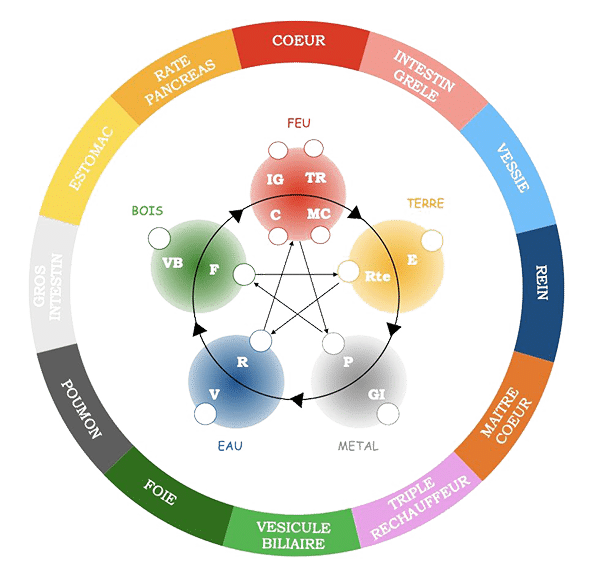
The muscle test
Muscle testing is the kinesiologist’s main tool, providing a system for assessing structural, chemical and mental aspects, using manual muscle ‘response’ in conjunction with other standard diagnostic methods from other alternative medicines.
His knowledge of traditional Chinese medicine (“5 elements, meridians and pressure points”) enables the kinesiologist to establish the links between the muscles of the meridians and the associated organs.
The 1970s
Enriched Kinesiology
In the 1970s, kinesiology was further enriched and developed through the work of a number of researchers and practitioners, all of whom contributed original and complementary perspectives and practices.
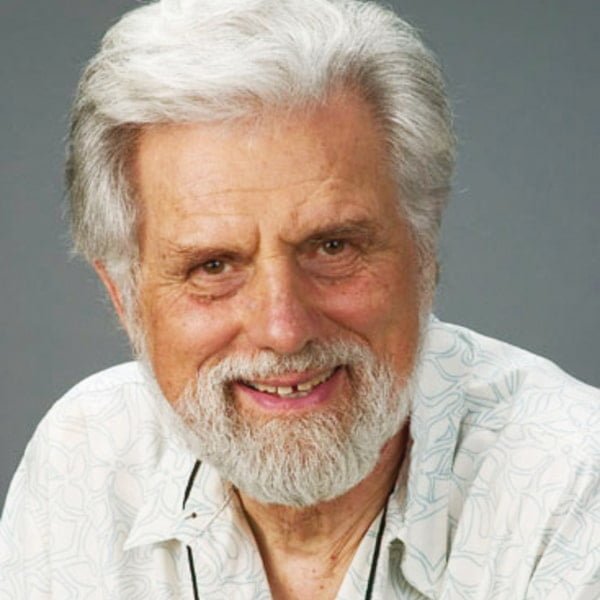
Dr. John Thie
His “Touch for Health” method establishes the relationships between muscles, meridians and lymphatic and vascular reflex points, in order to restore balance to each meridian.
His method, translated into 25 languages, is used in over 80 countries around the world.
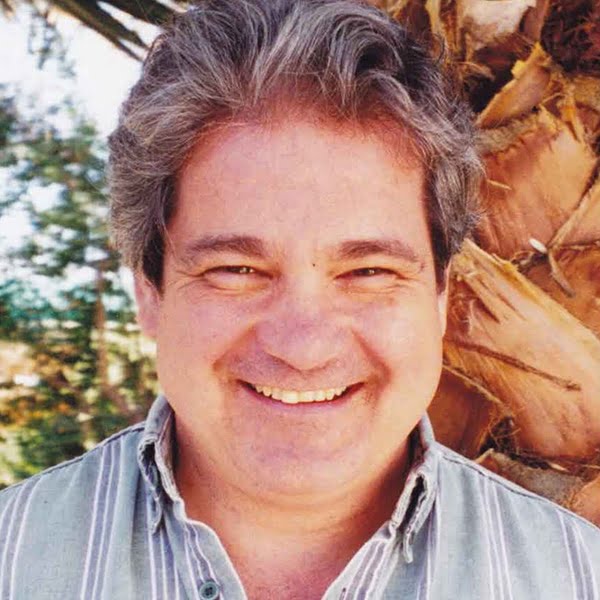
Richard Utt
By adding air and ether to the 5 Chinese elements, he developed the “Air and ether” theory, which allows for vertical and horizontal lateral movement of energy.
The study of the muscular system is used to assess the relationship between muscle and acupuncture energy.
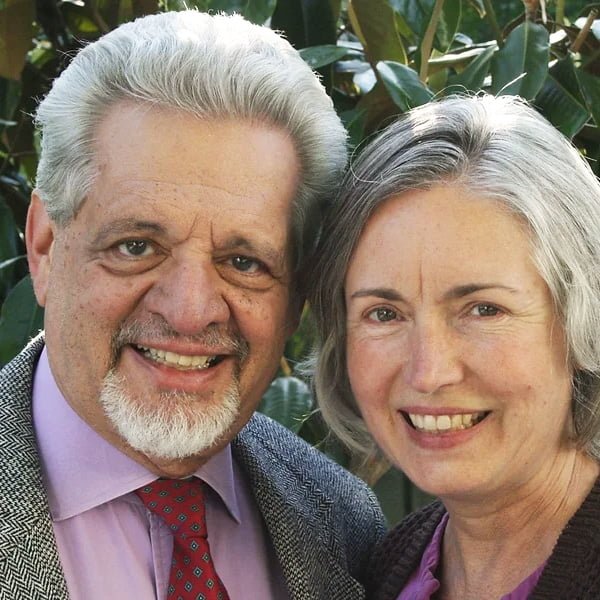
Paul et Gail Dennison
The Brain Gym method
or “Edu-kinesiology” method highlights the coordination of the two cerebral hemispheres through movement. This method is highly effective for working on hyperactivity and all dyslexia, dysorthographia and dyscalculia.
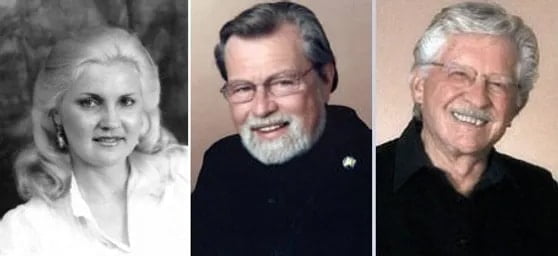
Candace Callaway, Daniel Whiteside and Gordon Stokes
The “3 in 1” theory highlights the relationship between emotions and energy and physiology.
Stress is considered in an entirely new way, it can be observed and understood, so that the individual can consciously participate in its elimination rather than passively allowing it to be removed by the therapist.
Charles Kerbs
Charles Krebs, a student of Richard Utt, has added acupressure formatting on the brain and developed models for balancing neurological pathways.
He has written several kinesiology manuals (including Energetic Kinesiology, used as the basis for my training) and passes on new protocols during training courses.
I was lucky enough and honoured to follow the ‘Blueprint’ training, which enables us to change some of the ways in which we function due to our beliefs.
This technique helps to defuse past emotions that block present perceptions.
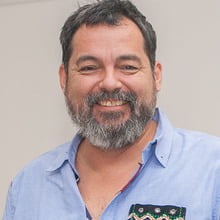
Hugo Tobar
Hugo Tobar has continued the evolution of neuro-energetic kinesiology, developing neuro-energetic formats for the entire human system.
In 1998, he developed new techniques and created the “chakra hologram” and the “brain hologram”.
In Hong Kong, his techniques are used and taught by Brett Scott and Sean Belkey at Kinesiology Asia.
It was there that I received my training and certification as a Neuroenergetic Kinesiology practitioner in July 2016, and I’m still undergoing further specialisation until 2019.
Since my return to France, I've maintained a good relationship with my teachers. During the confinements, we even benefited from distance learning.
